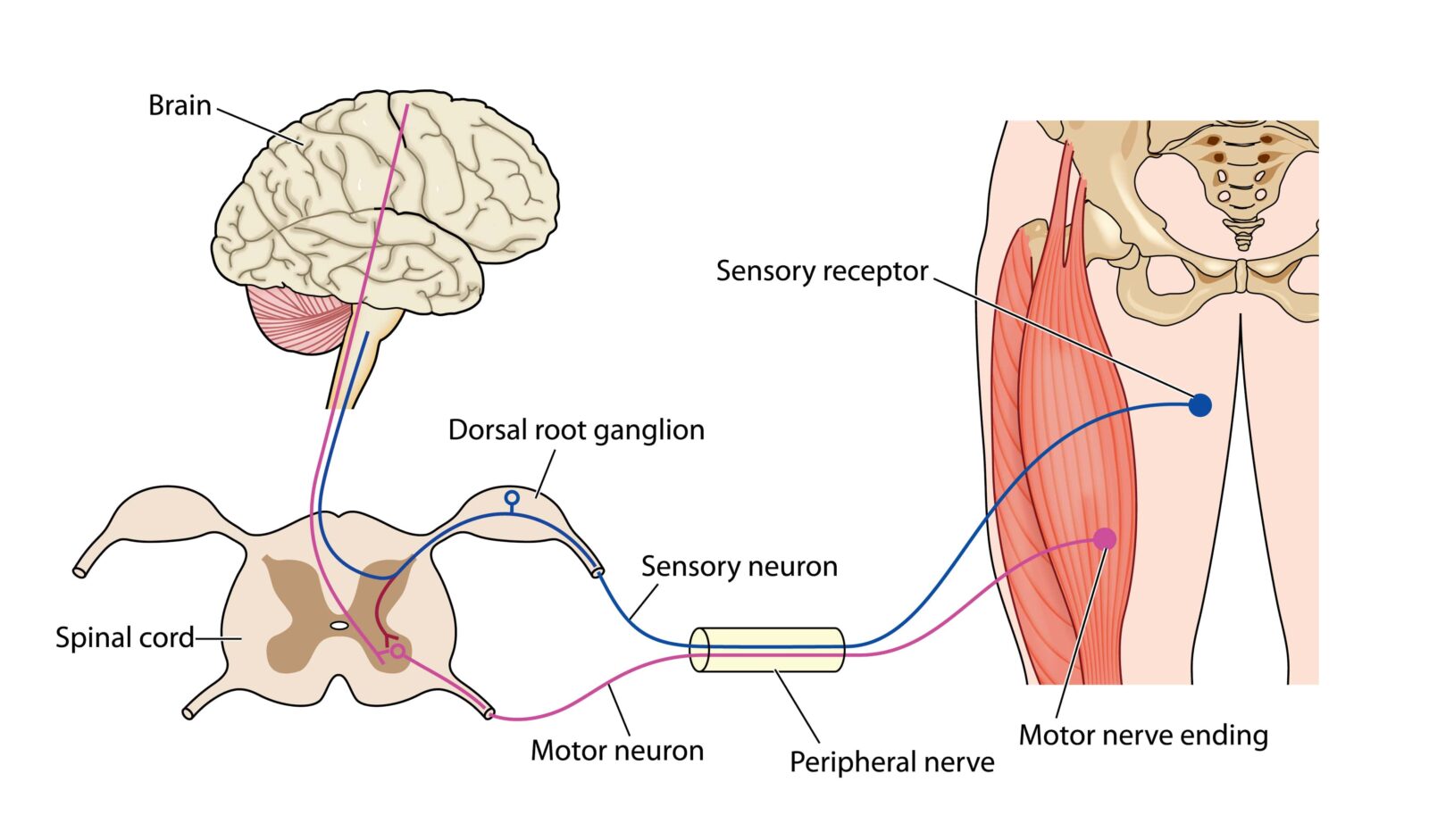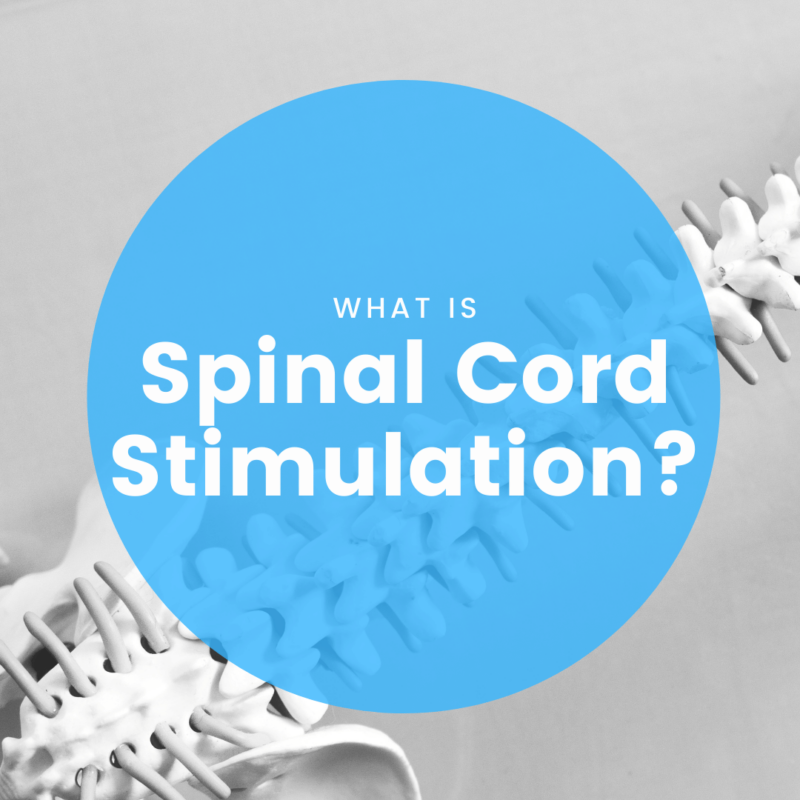If you’re considering spinal cord stimulation (SCS) to treat your chronic pain, you’re not alone. This relatively new treatment option is growing in popularity as more and more people discover the benefits it can offer. But what is SCS, exactly? And who makes a good candidate for it? In this blog post, we’ll provide answers to those questions and more. Keep reading to learn everything you need to know about spinal cord stimulation.
Spinal cord stimulation is a treatment that uses electrical impulses to relieve pain. The electrical impulses are created using a pacemaker-like battery pack known as a generator and delivered into the epidural space between the spinal cord and vertebrae via thin wires, called electrodes. This type of stimulation is also sometimes referred to as “neuromodulation.”

SCS is most often used to treat chronic pain that has not responded well to other treatments, such as medication, physical therapy, or even surgery. It can be used to treat pain in the back, legs, arms, or even head. In some cases, it may be used to treat pain from conditions like fibromyalgia or complex regional pain syndrome (CRPS). SCS has also been used to effectively treat failed back surgery syndrome, post-surgical pain, and nerve pain.
Ideal candidates for SCS are typically those who have tried other pain management options without success. However, SCS is not typically recommended for patients who are pregnant, have a pacemaker or other implantable device, or have uncontrolled high blood pressure.
If you think SCS might be right for you, the first step is to schedule a consultation with your pain specialist. During this appointment, your doctor will assess your individual situation and determine if you’re a good candidate for SCS. If it’s determined that SCS is the right treatment for you, you can expect to undergo a trial period to see if SCS helps relieve your pain. The trial period typically lasts several days to weeks, during which time you’ll wear a small device that delivers electrical impulses to the spinal cord. The trial period is considered successful if your pain levels are reduced by 50% or more.
If the trial period is successful and your pain is significantly reduced, you may be a candidate for permanent SCS. Permanent SCS involves a minor surgical procedure to implant the stimulator device under the skin. The electrodes are then threaded through the spinal canal to the specific area where pain is being experienced and sutured in place. The surgery takes about an hour or two and is usually performed on an outpatient basis. After the procedure, you’ll need to stay in the hospital for a few hours for monitoring. Once you’re discharged, you’ll be able to return home. You may experience some soreness and swelling at the implant site, but this should go away within a few days.
The benefits of spinal cord stimulation include relief from chronic pain, improved quality of life, and reduced reliance on medication. SCS is also non-invasive and does not require any changes to your lifestyle. However, there are some drawbacks to consider as well. SCS is a treatment that requires ongoing maintenance and may not be right for everyone. It’s also important to note that the stimulator does not cure the underlying condition causing the pain, it simply helps to manage the symptoms.
If you’re considering spinal cord stimulation as a treatment option for your chronic pain, speak with your doctor to see if it’s right for you. SCS has the potential to improve your quality of life and help you live without pain.










